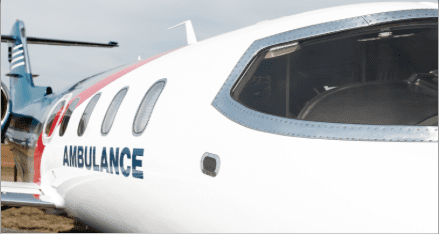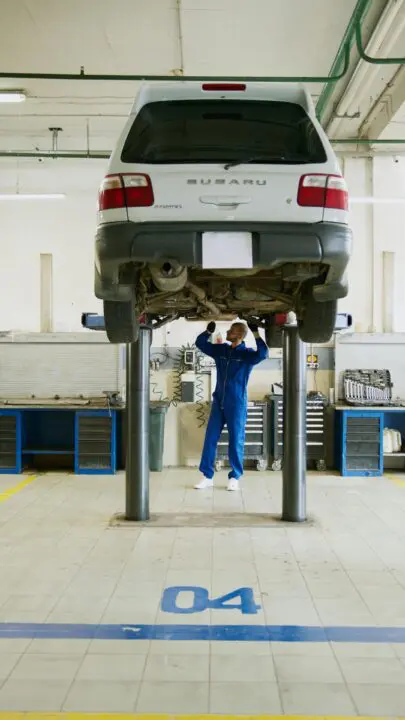One Trip Away from Financial Crisis
Most people will agree that quality medical insurance is an important part of an individual’s overall health and wellness.
Text
Most people will agree that quality medical insurance is an important part of an individual’s overall health and wellness. However, there is a great deal of variance in the level of coverage offered. In addition, the level of emergency coverage and the type of emergency services included in a medical policy are significant because emergency medical care by nature is unexpected—and often very expensive. In many instances, an individual who experiences a medical emergency can be responsible for an emergency medical bill in the tens of thousands of dollars. This is because one of the most common emergency medical expenses that is often uncovered by insurance, or covered only in a very limited capacity, is the cost for an emergency air ambulance.

In the event of a serious accident, or a medical emergency in an unsuitable location, an air ambulance may be the most effective way to transport a seriously injured individual to a hospital. Due to the urgent nature of these situations, people are generally left with little choice in the matter and end up facing an extremely costly bill that is not covered by their medical policy. Often, an air ambulance will not begin any transport for an individual without a deposit—and the deposit alone can be as high as $10,000 to $15,000.
In a recent example, when a 45-year-old professional from the U.S. working on a construction site in the U.A.E. was injured by a falling beam, paramedics arrived on site and determined he needed to be airlifted by helicopter to the closest hospital. His employer was called and due to the urgent nature of the scenario, agreed that the air lift should proceed. Without realizing it, he had agreed to an air transport that cost $34,000. The employee was flown to the hospital for critical care. However, the employer’s medical insurance only covered $10,000 of the air ambulance bill, leaving the patient responsible for the remaining $24,000. Since the incident, while coping with his traumatic injury, the employee and his family are facing bill collectors battling for the remaining $24,000 balance.

Currently, the air ambulance industry is not regulated and as a result, the cost of an air ambulance can vary greatly. Factors including the cost of fuel, medical personnel, machinery required on board and the distance traveled are all directly reflected in the cost. The cost of a life flight can be as low as $15,000 or as high as $85,000 for air transportation in close proximity (from the scene of a medical emergency to the closest local hospital).
If there is an emergency medical evacuation while in travel status, the cost can run well into the hundreds of thousands of dollars. Emergency medical transports are performed using the most appropriate mode of transportation for the given medical scenario but generally they require a fixed-wing aircraft, which has a higher price tag. In these instances, emergency medical evacuations are rarely covered by a standard medical insurance policy–therefore, an individual is often ultimately responsible for a large portion of the cost, if not all of it, especially without “pre-approval.”
Another example in recent news regards a man who sustained a traumatic brain injury while vacationing in the Caribbean that required multiple surgeries. His wife was so distraught that after the first surgery she wanted her husband transported back to their US home for the second surgery. Instead of contacting her health insurance or an assistance company for advice, she followed the direction of the ICU nurse at the hospital and engaged a local air ambulance on her own. She put a $25,000 deposit on two credit cards and signed the necessary paperwork which obligated her to pay if her insurance would not cover it. The insurance company was hit with a $430,000 bill, which they subsequently denied leaving the couple responsible for the total cost.
The question is, if you need a lifesaving airlift, will your medical insurance pay for it? You may be forced to make a life or death decision for a loved one, and agree to air transport on a moment’s notice which may seem like a simple decision, but the financial consequences can be much more complicated.
A serious medical emergency can happen to anyone. As traumatic as that can be, the additional financial hardship that can result from necessary emergency transportation can have a lasting effect long after a patient has recovered. It is important to understand the provisions and limitations of your medical insurance before an emergency occurs. No matter what level of medical insurance you have, you can make sure that any emergency transport will be fully paid when you are traveling for business or for pleasure by purchasing emergency medical travel assistance services.
Learn more about the travel assistance plan offered by the AIA Trust.
More on Life & Health & Retirement & Financial Planning & Safety & Property

Tire Safety—Tracking the Evidence
News ▪ January 2009
Straightforward Advice on Preserving Cash Flow
Professional Liability ▪ Retirement & Financial Planning ▪ Article
Ensuring A Safe Vacation!
News ▪ July 2009